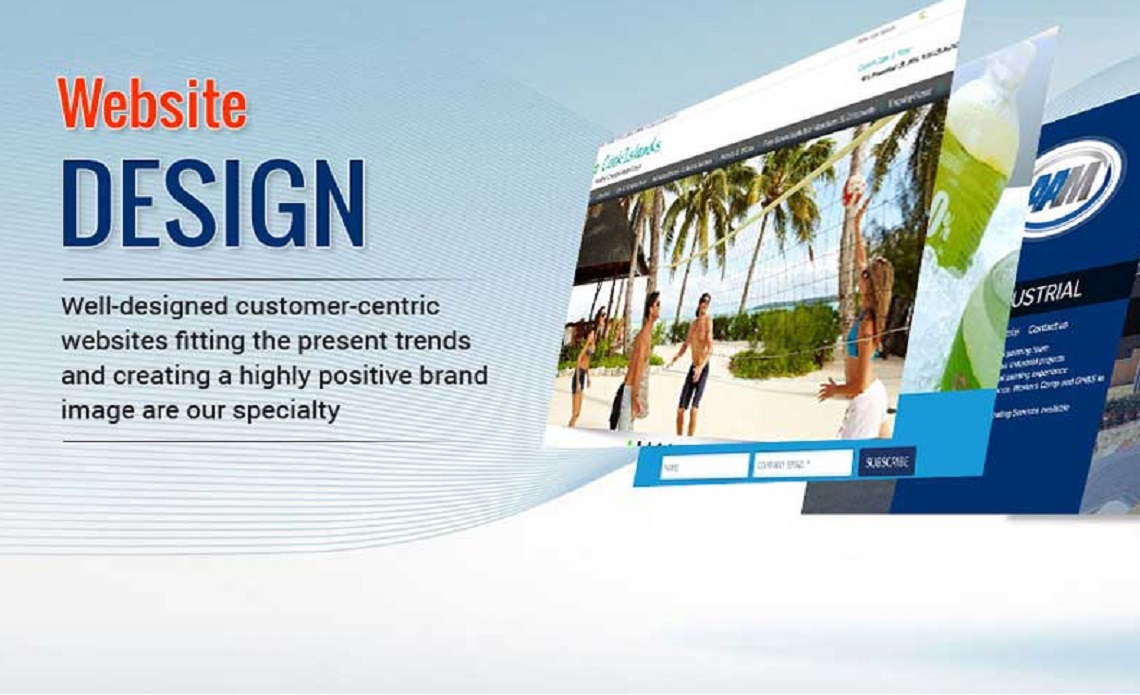Finest Practices for Producing User-Friendly Website Design
In the ever-evolving landscape of website design, establishing an user-friendly interface is critical for engaging audiences and driving conversions. Trick practices such as streamlining navigating, enhancing for mobile devices, and improving packing rate play an important role in this process. The significance of consistent layout aspects and prioritizing ease of access can not be overstated. As we check out these foundational concepts, it comes to be clear that reliable customer experience layout not only meets user assumptions however also establishes the phase for deeper engagement. Uncovering the subtleties of each technique can bring about significant improvements in total internet efficiency.
Simplify Navigation
A streamlined navigation system is essential for enhancing user experience on any type of internet site. Reliable navigation permits individuals to find the info they look for promptly and effortlessly, thereby minimizing irritation and boosting the chance of engagement. A clear design that classifies content rationally is paramount; customers should intuitively understand where to click for details details.
Utilizing a straightforward top-level navigation bar, matched by drop-down food selections for subcategories, help in preserving an organized structure. It is essential to limit the variety of main navigating web links to avoid overwhelming customers; typically, five to 7 alternatives are optimal. In addition, utilizing detailed labels enhances clarity, making it possible for customers to discern the web content of each area at a look.
Incorporating a search function even more enhances the navigation experience, particularly for content-rich internet sites. This attribute empowers individuals to bypass conventional navigating courses when seeking specific details. Regular style components across all web pages reinforce experience, allowing users to navigate with confidence.
Optimize for Mobile

To start with, take on a responsive style approach that instantly readjusts the design and content based upon the display size. This versatility ensures that individuals have a consistent experience across devices. Next, focus on touch-friendly interfaces by making sure buttons and web links are quickly clickable, lessening the requirement for zooming.
Furthermore, take into consideration the importance of concise content discussion. Mobile users usually look for quick info, so utilizing methods like retractable menus or accordions can enhance functionality without frustrating the customer. Additionally, make sure that fonts are readable, and image dimensions are enhanced for faster loading.
Lastly, examination your site on numerous mobile tools and operating systems to recognize potential issues. By dealing with these aspects, you will certainly develop an instinctive mobile experience that maintains users engaged and motivates them to discover your offerings additionally - Web Design Pretoria. Focusing on mobile optimization is important for attaining an user-friendly web design in a progressively mobile-centric world
Enhance Loading Speed
Loading speed is a crucial factor that can dramatically influence individual contentment and interaction on a website. Studies suggest that individuals anticipate pages to pack in 2 seconds or less; yet threshold, the likelihood of desertion increases drastically. For that reason, maximizing packing speed is important for keeping visitors and enhancing general site efficiency.
To improve filling speed, a number of best techniques need to be implemented. Additionally, utilize internet browser caching to store copies of data in your area, allowing faster load times for returning site visitors.

Usage Consistent Design Aspects
Establishing a natural visual identity is crucial for improving user experience on a web site. Regular design elements, including color design, typography, buttons, and design frameworks, develop a unified look that assists users navigate effortlessly. When users come across acquainted patterns and styles, their cognitive tons is lowered, enabling them to focus on web content as opposed to analyzing differing layout aspects.
Using a standard color palette strengthens brand name acknowledgment and cultivates an emotional connection with customers. Similarly, preserving regular typography-- such as font designs, sizes, and weights-- ensures readability and adds to a refined appearance. Furthermore, uniform button styles and interactive elements direct individuals with ease through the website, improving use.
In addition, a natural format helps establish an organized circulation of information, making it less complicated for customers to digest and locate content. Each web page should mirror the same layout principles to avoid complication and disorientation.
Prioritize Availability
A cohesive visual identification not just enhances navigation yet additionally sets the phase for prioritizing accessibility in website design. Ease of access makes certain that all individuals, including those with impairments, can communicate and browse with an internet site effectively. To accomplish this, web designers must follow developed guidelines, such as the Internet Material Availability Guidelines (WCAG)
Implementing attributes like alt text for photos, key-board navigability, and proper shade contrast can significantly boost the customer experience for individuals with visual, auditory, or cognitive disabilities. It is important to utilize semantic HTML to framework content logically, enabling assistive modern technologies to analyze and convey information properly to individuals.
Furthermore, providing several means of engagement-- such as text choices for audio and aesthetic content-- can deal with varied customer demands. Normal use testing with individuals that have handicaps can discover possible obstacles that may not be right away noticeable during the design phase.
Inevitably, focusing on accessibility not only follows legal standards yet likewise widens the possible audience, cultivates inclusivity, and improves overall site usability (Web Design Pretoria). By installing availability into the design procedure, programmers can develop a more fair digital landscape for every person
Conclusion

As we discover these fundamental concepts, it ends up being clear that reliable user experience layout not just satisfies individual assumptions but additionally sets the phase for my site much deeper interaction. Mobile individuals usually seek fast info, so employing strategies like collapsible menus or accordions can improve usability without overwhelming the user. When users encounter familiar patterns and styles, their cognitive tons is decreased, enabling them to focus on content rather than figuring out varying style elements.
In summary, implementing ideal practices for user-friendly web design considerably improves the general user experience. Adhering to these standards promotes a positive connection in between individuals and electronic platforms, eventually advertising customer complete satisfaction and retention.